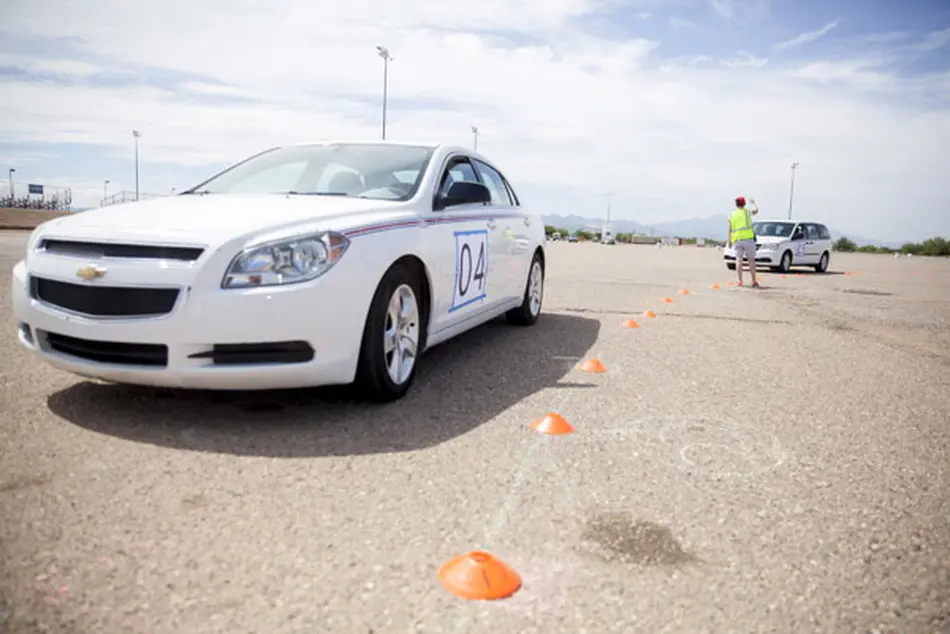University of Illinois research shows that a few self-driving cars can improve traffic flow

TIN news: According to new research conducted by a team from the University of Illinois at Urbana-Champaign (UIUC), the presence of just a few autonomous vehicles (AVs) can eliminate the stop-and-go driving of human drivers in traffic, and reduce accident risk and fuel inefficiency.
Funded by the National Science Foundation’s Cyber-Physical Systems program, the research was led by a multi-disciplinary team of researchers with expertise in traffic flow theory, robotics, cyber-physical systems, and transportation engineering. The UIUC team conducted field experiments in Tucson, Arizona, in which a single AV circled a track continuously with at least 20 other human-driven cars. Under normal circumstances, human drivers naturally create stop-and-go traffic, even in the absence of bottlenecks, lane changes, merges or other disruptions; a phenomenon called the ‘phantom traffic jam’.
Researchers found that by controlling the pace of the AV in the study, they were able to smooth out the traffic flow for all the cars. For the first time, researchers demonstrated experimentally that even a small percentage of such vehicles can have a significant impact on the road, eliminating waves and reducing the total fuel consumption by up to 40%. They also found that conceptually simple and easy to implement control strategies can achieve the goal. The UIUC study’s findings indicate that self-driving cars and related technology may be even closer to revolutionizing traffic control than previously thought.
The use of AVs to regulate traffic flow is the next innovation in the rapidly evolving science of traffic monitoring and control. The use of self-driving cars is poised to replace classical freeway traffic control concepts, such as variable speed limits. Critical to the success of this innovation is a deeper understanding of the dynamic between AVs and the human drivers on the road. This latest research suggests that even the related technology available now, such as adaptive cruise control, has the power to improve traffic even before there are large numbers of AVs on the road. The researchers say the next step will be to study the impact of AVs in denser traffic with more freedom granted to the human drivers, such as the ability to change lanes.
Daniel B Work, assistant professor at UIUC and a lead researcher in the study, noted, “Our experiments show that with as few as 5% of vehicles being automated and carefully controlled, we can eliminate stop-and-go waves caused by human driving behavior.”